If you have read my earlier posts you may remember that my first real attempt to see a blue whale was back in April when I went out on a whale watch trip in Monterrey Bay. This quest was scuppered by killer whales. But this time round in San Diego my chances were better, or so Mari assured me. I was optimistic, especially after the team returned from their first flight of the survey to report that the blue whales were around just off the coast of San Diego. They came back that first afternoon having seen a number of blues that meant they were able to conduct focal follows on at least 2 whales.
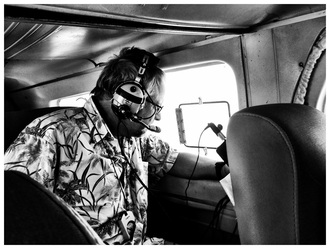 Dr. Bernd Würsig observing from the plane
Dr. Bernd Würsig observing from the plane For the first part of the survey I was able to help the team with various data tasks including examining sets of photographs collected during focal follows on the blue whales seen. Mari and Bernd were keen to confirm that a whale observed during an hour long observation session was indeed the same whale. I poured through photo after photo from three photo sessions that had been taken during the focal follow looking for a scratch or scar that would make matching the photos possible. Then there it was a ding on the left shoulder of the whale –a scar likely resulting from a cookie cutter shark. I was able to match photos from each of the photo sessions confirming that they had indeed been circling over the same whale. By the end of the second day of the survey I had performed photo-ID on a blue whale from photos taken at more than 1000 ft but I still had not seen a blue whale in person.
As we continued on we saw a group of Risso’s dolphins; Mari is studying the behaviour of these dolphins for her PhD and has observed Risso’s with other dolphin and whale species. This time we saw them alone but were able to observe apparent social behaviours and surface active behaviours. These dolphins are much larger than common dolphins and very light in color due to the scaring that covers their bodies, not much is known about them in the Pacific so these surveys provide a unique opportunity to study them.
We turned back for San Diego. Then there it was. A blue whale hanging there, seemingly suspended just below the surface. The whale glowed a beautiful turquoise blue color in the water. As we circled to document the sighting, my eyes were glued to the whale, watching and waiting for it to rise to the surface and blow. It hung there still, barley moving, then as the pilots turned back towards our track-line the whale rose majestically to the surface and blew. I watched the blue whale disappear out of view behind the plane. I had finally seen a blue whale and the image of this magnificent great whale hanging so gently below the surface was burned into my memory.
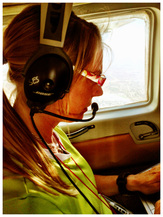

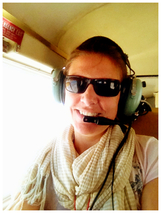

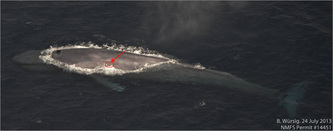
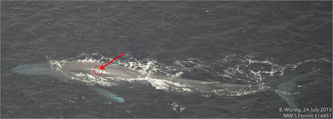
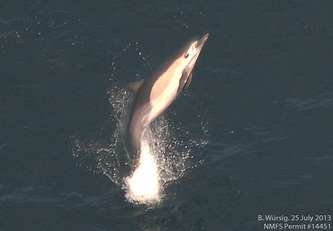

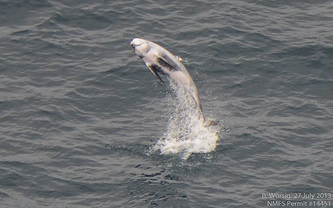
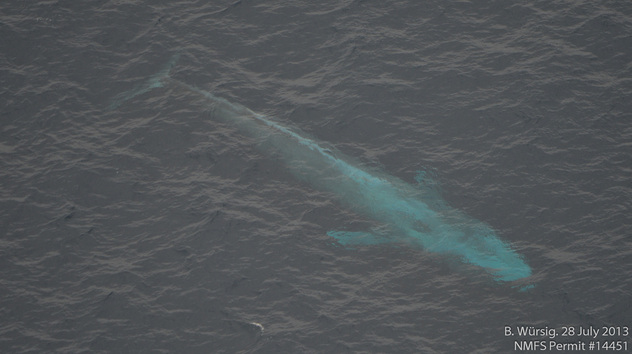
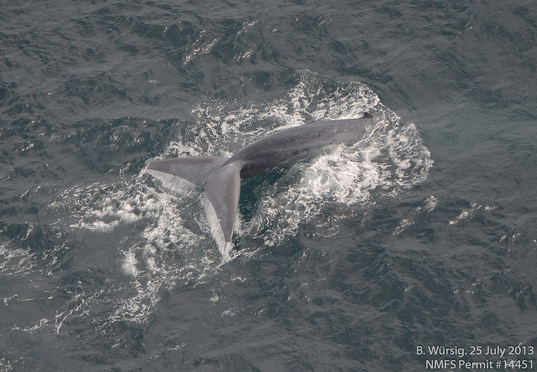


 RSS Feed
RSS Feed